
Saturday, July 23, 2016
Randell Mills and the Search for Hydrino Energy
I am happy to announce that the book is through copy editing and all the illustrations are complete! A new site has been set up:


Sunday, May 15, 2016
EUV Grazing-Incidence Spectrometer
When the Extreme Ultraviolet Explorer went up in 1995, it conducted a follow-up search for diffuse EUV background radiation in the interstellar medium (ISM). It was not specifically designed for diffuse observations, but it had the most sensitive equipment yet in space. It could do wide angle observation and subtract foreground sources to obtain background noise more likely due to diffuse sources. It found a clean spectrum with broad emission lines at 304 Å, 537 Å, and 584 Å, but none of the unexplained lines picked up by the earlier spectrometers on Bowyer's sounding rocket.
Quantum Spherical Harmonics
To account for the different electron orbits, Schrödinger used spherical harmonic functions, mathematical equations that produce beautiful patterns that are symmetrical about a sphere. The electron, in its diffuse emanation, changes its density to occupy one of these patterns. Each had a different energy corresponding to the electron orbit.
Radiating Ring of Electrons
Thomson found, however, that the more electrons were placed in each ring, the less radiation was emitted overall. In fact, the radiation from many electrons was deconstructively interfering. Especially if the electrons were orbiting at low velocities, the radiation drain could be reduced by several orders of magnitude for each new electron placed in the same orbit.
Perhaps, Thomson speculated, atoms radiated continuously, but at such low levels that it was very difficult to observe. And he discovered that if electrons were packed into an orbit to form a continuous ring of charge, the radiation drain would theoretically drop completely to zero.
Rings of Dark Matter
Perhaps it was the same problem Zwicky had seen with the Coma Cluster, and Smith with the Virgo Cluster, and Oort with the Spindle Galaxy. Over the next decade, every galaxy studied had a flat rotation curve. Astrophysicists ran computational simulations of the dynamics of galaxies to study their motion. If our theory of gravity is correct over large scales, the whole Andromeda galaxy - as with perhaps most galaxies - is surrounded, submerged, and stabilized by enormous halos of unseen matter that increase in ratio to visible matter as you move outward from the center of the disk. This dark matter gives off very little or no light, yet represents not just some of what is out there, but the overwhelming majority of matter in the universe, perhaps ten times what can be seen.
These results are incredible, and astronomers received it with incredible hostility; some thought that Ford and Rubin were ruining their career by pursuing it. Dark matter became the source of arguments at conferences. But eventually astronomers had no choice but to accept the overwhelming evidence that there was a serious problem.
With a visible sigh, they began to theorize.
A Galactic Collision
We experience time on a characteristic human scale. A starfish on the beach appears to only barely move. But time-lapse film shows that starfish are active, even social creatures. We need to alter our experience of time to truly observe a starfish. Longer is that of a redwood tree, or a continent, or a mountain. Galaxies live in cosmological time, and if we alter our perception to match, we find an equally social existence.
Galaxies often collide, over millions of years, their stars interpenetrating and intermingling in a kind of cosmic mating ritual. The gravitational maelstrom of these encounters can often spin off a small eddy of stars that becomes a new galaxy, a cosmic birth. These young dwarf galaxies carry off stars, dust, and gas that originated in small regions of one or both of the parent galaxies, as if we had drawn the sample out with a syringe.
DNA Dancers
The phosphate strands, joined by a ladder of base pairs, spiral around one another in a double-helix. Seeing the structure visualized with Mills' theory was not just a milestone for our software, a satisfying culmination of a year of development work, but an extraordinary experience of beauty.
The strands seemed to be dancers, spinning, their energy and momentum thrusting them outward, their free arm flying through the air, their other locked with that of their partner.
Yes, I think I fell in love with the DNA molecule in that moment. Nature, in all her indifference to human life, is beautiful; in the abstract form of her physical architecture we find reflections of our own memory and experience.
Saturday, April 23, 2016
The SunCell
 |
| SunCell Prototype |
Then you see beautiful golden light emerge, flickering, with molten metal spitting out like a volcano boiling over. It is fragile, struggling, and almost masked by the smoke of vaporized metal that plumes from the reaction.
Beyond the smoky plume is a light that grows, steady but surely, penetrating through, until it enraptures you in its golden light, like watching a glowing campfire in the middle of the night. And though you don't expect it, it grows still, washing over you in waves of golden warmth, and when you feel it could not be more beautiful, the gold, now solid and unwavering, grows to white, and the white begins to beam. It washes out everything in your peripheral vision, and you find yourself staring into an impossible brilliance.
The night no longer exists, for the campfire has become the sun.
Saturday, April 2, 2016
Illustrations update!
Lots of new images to share!
 |
| A pole-vaulter. Used as an analogy for quantum tunneling of an extended classical electron. |
 |
| A quasar. |
 |
| A tractoid, a surface of constant negative curvature. |
 |
| J.J. Thomson's Cathode Ray tube. The early ancestor of the television! |
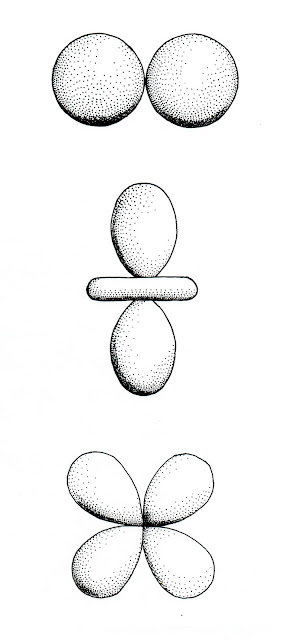 |
| Spatial representation of spherical harmonics |
 |
| Coronal loops arcing above the surface of the sun. |
 |
| Deoxyribose nucleic acid |
 |
| A gamma-ray burst |
 |
| Organic molecules! |
 |
| Double slit experiment - conceptual diagram |
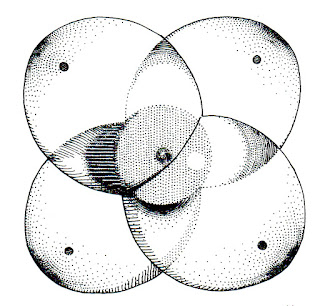 |
| Methane |
 |
| The Free Electron (revised) |
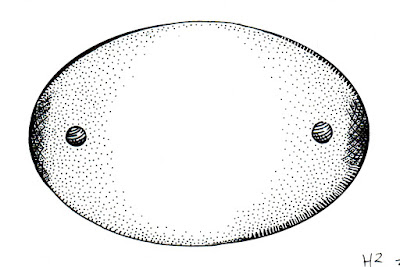 |
| H2 (revised) |
 |
| H2O molecule (revised) |
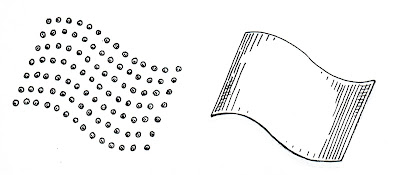 |
| Extended distribution of charge (revised) |
 |
| Hydrino states. These radii are proportionally correct!! It shows that deep hydrino states become really tiny. |
 |
| Pseudo-electron orbitsphere velocity distribution |
That's all for now!
Brett
Wednesday, March 9, 2016
Illustrations Update
More illustrations for The Search for Hydrino Energy!
Thanks again to everyone who made these illustrations possible!
Brett
 |
| The C60 fullerene |
 |
| Ethane, Ethene, and Ethylene visualized with prolate-spheroidal molecular orbitals |
 |
| Radiation from a fast moving electron (or point charge) |
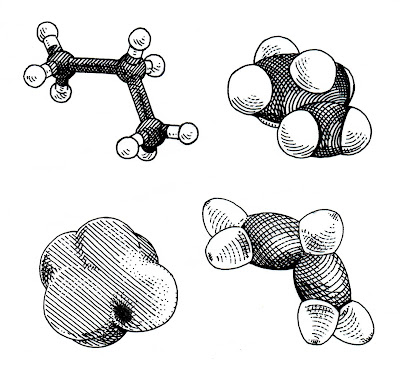 |
| Four representations of butane |
 |
| Diagram of hydrino-catalysis by lithium |
 |
| The free electron |
 |
| The water molecule (Draft) |
 |
| The hydrogen molecule |
 |
| Hydrino states of hydrogen (Draft) |
 |
| Concentric atomic orbitals in the potassium atom |
 |
| Diagram of hydrogen excited state series |
 |
| Schott's thought experiment |
 |
| The Orbitsphere (Draft) |
 |
| The Orbitsphere (Draft) |
Brett
Tuesday, February 23, 2016
Illustrations Update
Hi folks,
Happy to announce that I just finished the draft of The Search for Hydrino Energy and submitted it to my editor. Lots of great illustrations coming in. This batch has some fun pop-culture references.
 |
| What of Lazarus? |
 |
| Bohr Model of the Hydrogen Atom - Predicted vs. Actual Orbits |
 |
| The electric field within a continuous extension of charge |
 |
| Evanescent tails of coupled oscillators |

 |
| Peter Jansson, Bucknell University Professor and occasional BLP collaborator |
 |
| Randell Mills in the IEEE Spectrum |
 |
| Tracking the migration of superfluid helium bubbles |
 |
| Illustration of a continuous charge distribution |
 |
| Daryl Zero from The Zero Effect |
Now a few words on looking for things. When
you go looking for something specific, your chances of finding it are very bad.
Because of all the things in the world, you are looking for only one of them.
When you go looking for anything at all, your chances of finding it are very
good. Because of all the things in the world, you're sure to find some of them.
Subscribe to:
Comments (Atom)








